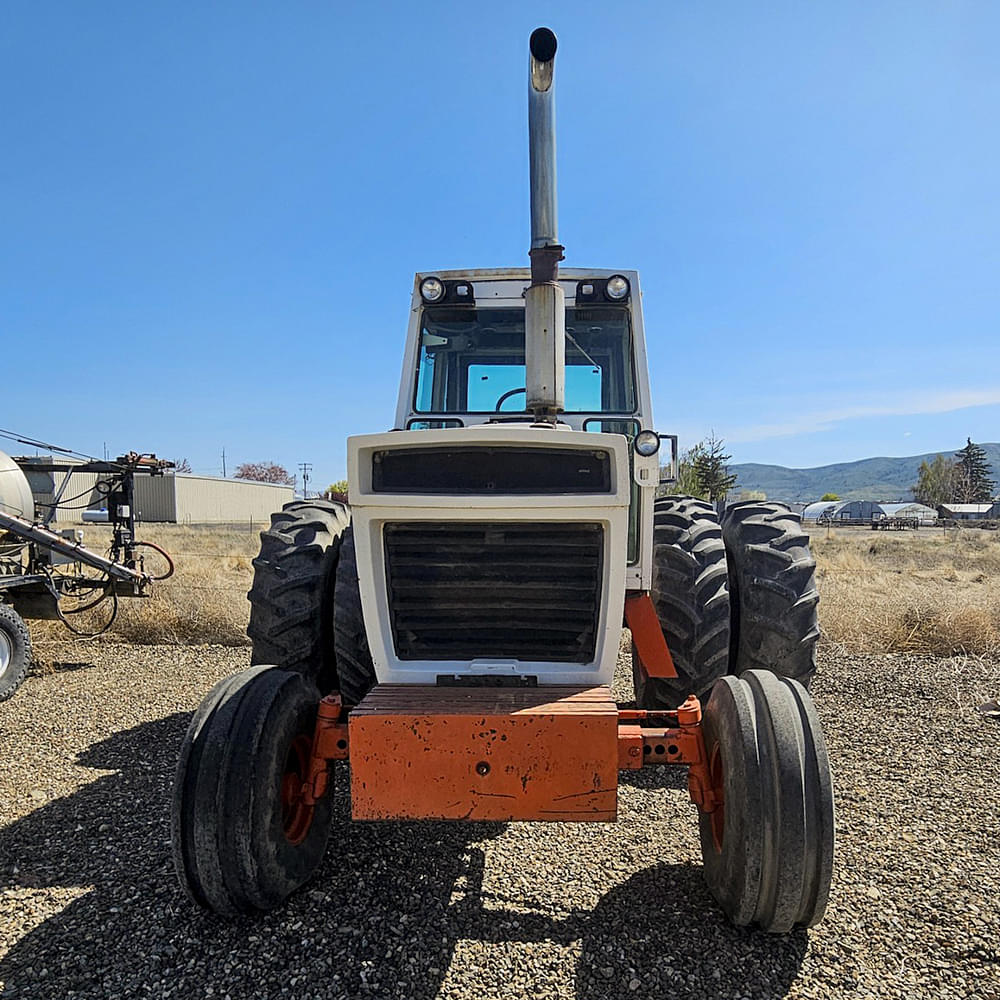INTERESTING IRON
1370 Case: The Agri-King
Ryan Roossinck
June 05, 2025
Grab your corduroy bell bottoms and a plaid pearl snap, folks; I borrowed the keys to the time machine! Hop in–we’re headed back to the Badger State circa 1972 to look at this modern acre-eater–the 1370 Case! Somebody grab the Waylon eight track on the way out the door–it’s right next to the lava lamp!
Old Habits Meet New Priorities
So, when they were released in the late 60s, the 70-Series tractors combined thoroughly modern styling and the performance to back it up. However, it wasn’t always that way. Historically, the Case playbook focused on reasonably rugged, no-frills equipment—machinery that got the job done without a lot of flash. There wasn’t a chapter that covered updating, either; it was like the company was allergic to change. Take the 930 Diesel, for instance–it started production in 1960 and ended nine years later still sporting the same motor and six-speed gearbox. It was just the way the company did things.
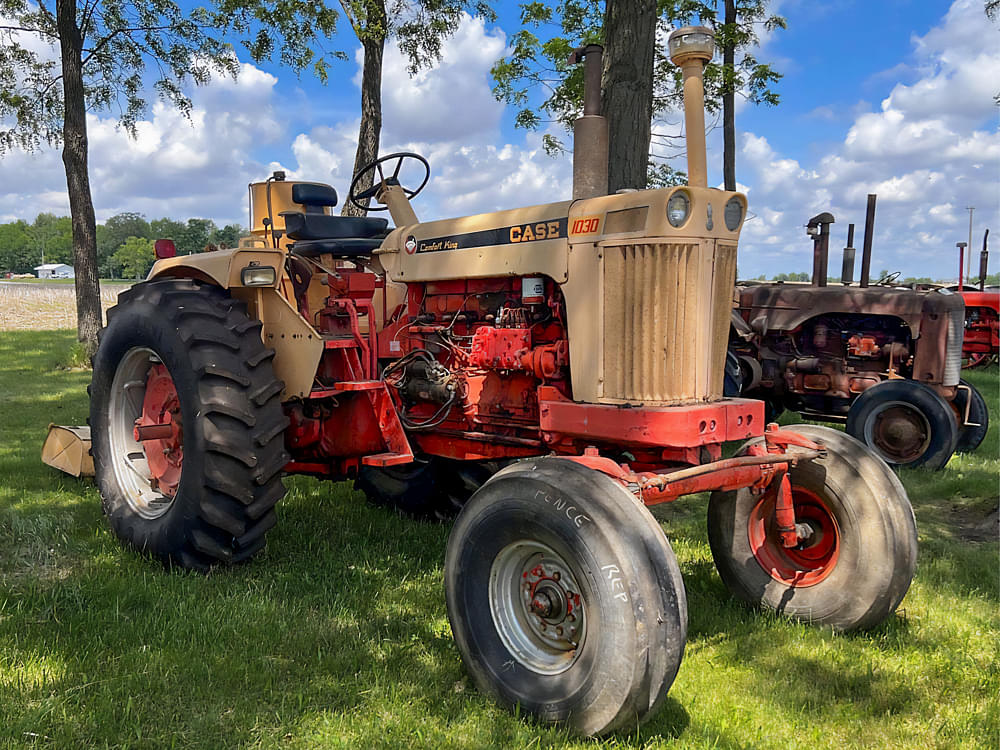
However, that “good enough” attitude shifted pretty abruptly when Tenneco became majority owner in 1967. With new ownership came new capital—and a renewed commitment to agriculture. The result? A serious push into the row-crop market, starting with the launch of the all-new 70-Series in 1970. The 1370 would be new for the 1972 model year, and stood at the top of Case’s 2WD row-crop lineup. It wasn’t just looks, either—it had the muscle to back it up.
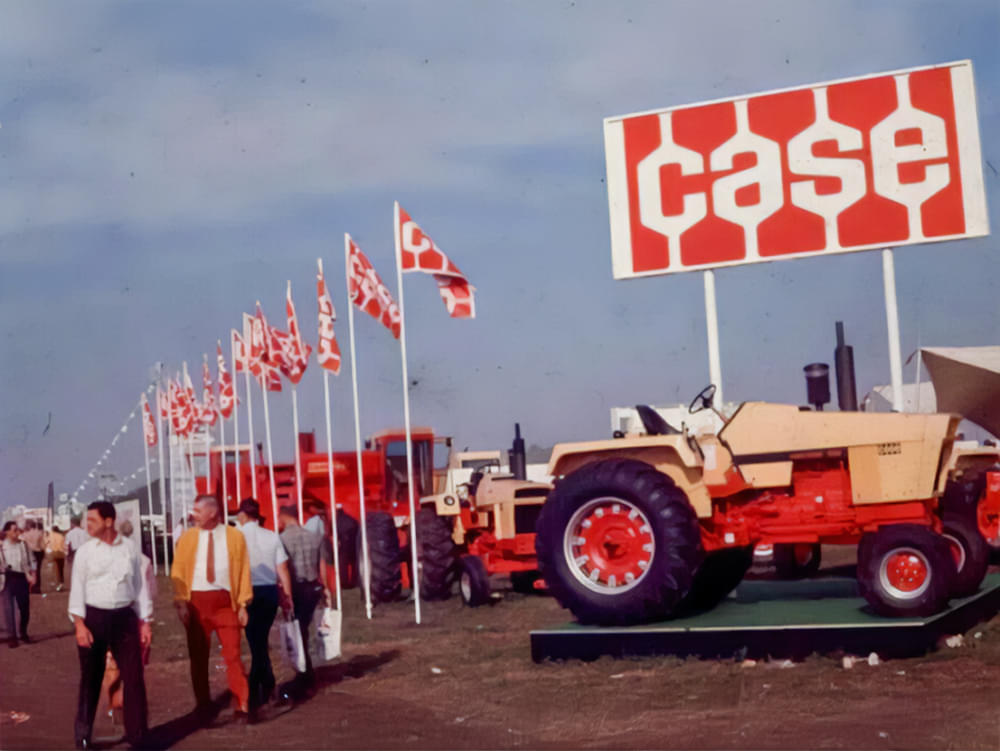
1370 Case: Built for business…
The 1370 Case may’ve had Jet Age looks, but underneath, it was all grit. It was built like a battleship and ready to work, tough enough to muscle a 7-18 plow around the field without breaking a sweat—something Case’s marketing department wasn’t shy about bragging on. It packed a 504 ci turbo diesel tied to a 12-speed partial power shift, and when the Nebraska Lab put it on the dyno in 1972, it turned 142 PTO horsepower. But the engineers back in Racine must’ve figured there was more in the tank, because a year later, they twisted its tail a little harder and sent another one back. This time? 155 horse. And if you believe the coffee shop talk, even that number might’ve left a little on the table. Depending on who’s telling the story, there’s 50-75 horse left in that motor if you feed it more fuel.
It wasn’t just muscle, though. Case was pretty forward-thinking in terms of creature comforts.
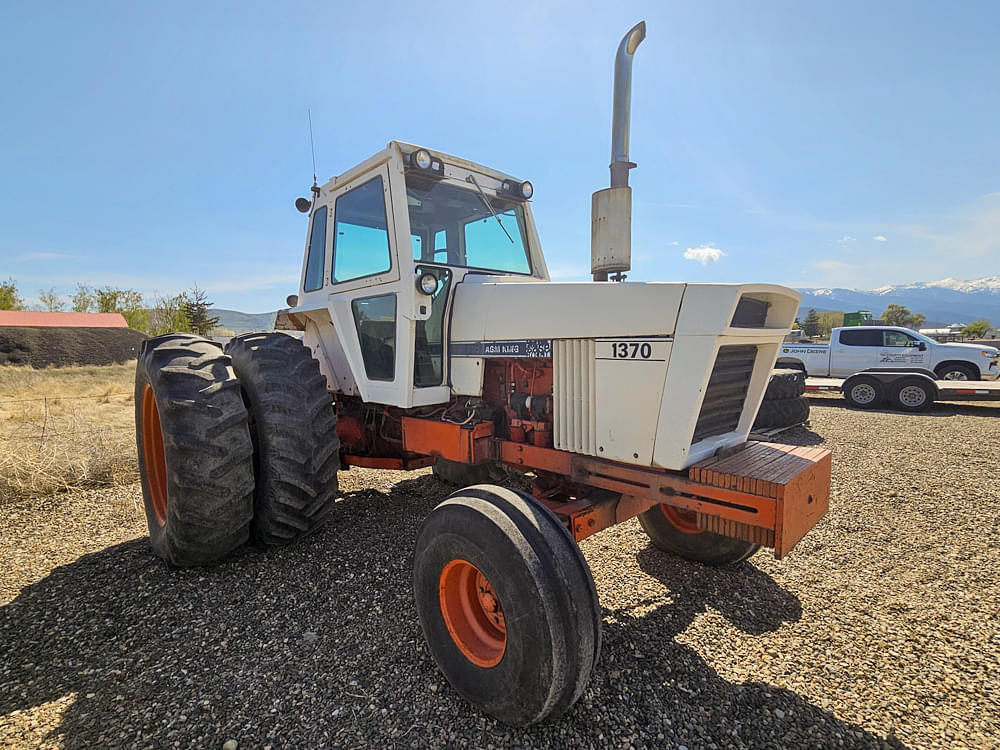
Creature comforts
By the late ’60s, farmers were putting in more hours than ever in the fields—and Case knew that long days on an open station (or even an aftermarket cab) meant more fatigue, mistakes, and accidents. When they rolled out the 70-Series, they designed a cab that made a real difference. And while it wasn’t as elaborate as Deere’s SoundGard body, it “floated” on hefty rubber bushings that soaked up vibration and created an air gap over the transmission. This kept the gearbox cooler and the heat from baking the floorboards. It also cut the noise to a dull(er) roar, and kept the cab noticeably cooler.
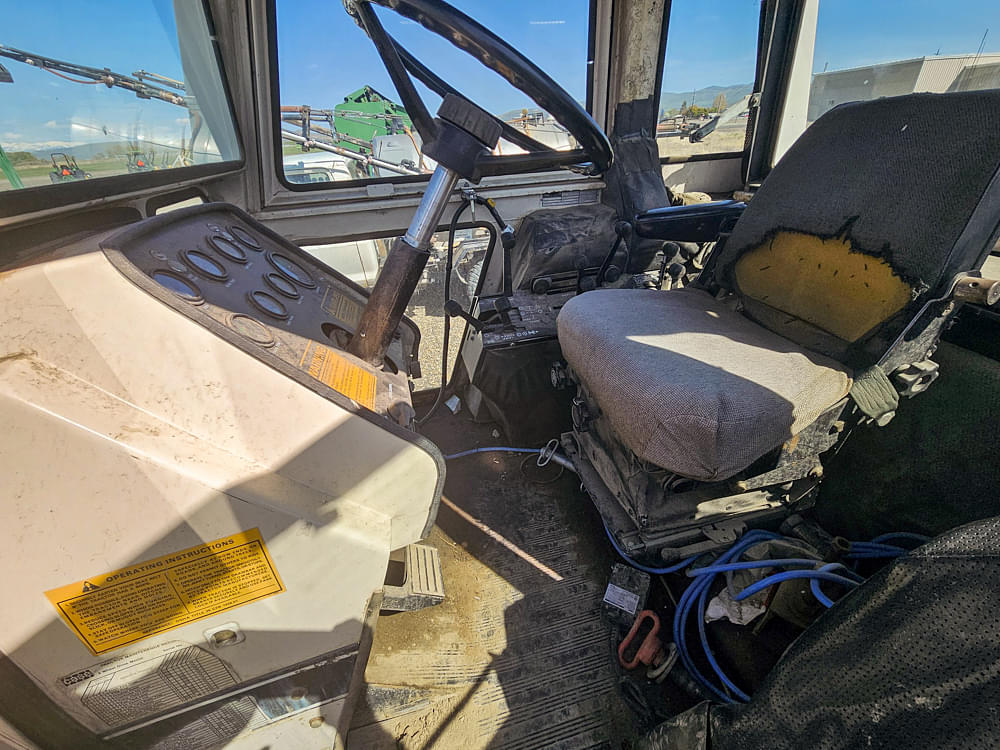
Inside, the cab wasn’t a bare shell either—the interior panels further soaked up noise, and it featured multiple seat options, including a bucket seat for extra support. For big guys or anyone sick of bashing their knees, the 90° tilt and telescoping steering wheel was a godsend. And because a comfortable operator is a productive one, Case made sure heat and A/C were more than just gimmicks—around 85% of 1370 buyers opted for a cab, and nearly all of those added A/C. In short, Case read the farmyard: keep the operator fresh, safe, and focused, and the work gets done faster.
Serviceability
One of the more underrated parts of the 1370’s design was how easy Case made it to work on. Maintenance was (and still is) a part of tractor ownership, and back in the ’70s, most farmers handled that themselves. The trouble was, working on a transmission often meant unbolting the platform or tearing the cab off entirely just to get inside. The 1270 and 1370 Case tractors used a transmission with a re-cast housing. It let you access nearly everything that needed servicing from the bottom or sides—no cab or platform removal required. Even during a full tractor split, the platform and cab could stay bolted in place. That kind of foresight didn’t just save time—it saved a lot of backs, busted knuckles, and bad moods.
So how’d they sell?
Judging by the production numbers, I’d say they held their own. Built from 1971 through 1978, Case turned out 17,413 of ’em. Sure, that doesn’t touch the likes of the 4430 or 1466, but it’s still a respectable figure. They were priced competitively, too—most could be optioned up with a cab and the bells and whistles for under $17,000. That was a pretty attractive price tag for the time. Based on what we see in TZ Pro, they were well received in the Corn Belt, but there were also strong dealer networks in places like Texas and parts of the South that helped drive sales beyond the Midwest.
That said, they weren’t without issues—and time hasn’t exactly smoothed over all the rough edges. The transmission could be temperamental, and quite a few rear ends got shelled. If you pushed the 504 hard, it wasn’t uncommon for the head to lift. I poked through some TZ Pro completed auction listings and found more than a handful with blown head gaskets noted in the description. So yeah, they could be trouble if you weren’t careful, and a good number of them ended up in the scrapyard as a result.
Bottom line? If you’re eyeing one today, the best advice I’ve ever heard is this: know its story. If there’s no history on the tractor, you may be gambling more than you think. There’s plenty of them still out there–we saw 33 of ’em sell at auction last year, and not one of ’em sold for more than about $8,000. So–like I mentioned earlier–their reputation as a potential “Mechanic’s Special” precedes them.
Which leads us to the one that I used in the pictures for this article…
The one you can buy today
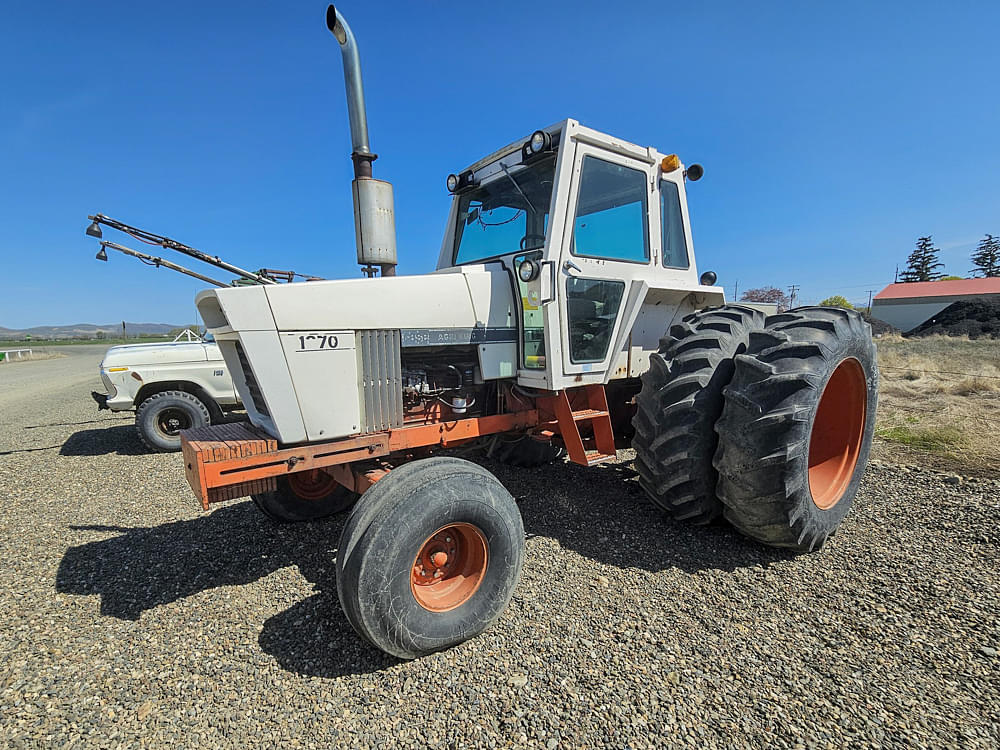
This one caught my eye because it’s surprisingly rust-free—a rare sight. So, I called Tri-County Equipment in Baker City, OR, where it’s listed. They’re a three-store Deere dealer serving northeast Oregon. Turns out, they got this tractor from a local farmer in La Grande a few years back and they’ve used it as their lot tractor ever since. Mostly light duty—testing balers and such after they came out of the shop. It’s served them well, but it’s more tractor than they need (and it’s got a few issues that that need attention), so they decided to let it go.
The sheet metal is clean and straight for its age, and while the tires aren’t new, they’ve still got life in ’em. The motor fires right up and runs strong. That said, it’s not without a few problems, hence the “Mechanic’s Special” tag.
The fuel tank leaks at the petcock—not a dealbreaker for them since it didn’t see daily use. Just meant having to haul a jerry can over when it came time to fire it up. One of the SCV levers is stuck (likely a cable issue), and one of the remotes leaks. There’s also an issue with the parking brake sticking on hills, which I think is a known quirk with these tractors.
At the end of the day, while it’s a project, it’s not a basket case. At $5,500, the price is pretty reasonable—and I’d imagine there’s some wiggle room there. It really needs somebody well-versed in the 70-Series who’s got a spot in the shop and isn’t scared of putting in some sweat equity to make this a solid machine. (Unsolicited pro tip: if you end up needing parts for a Case tractor, 1370 or otherwise, the folks at Elmer’s Repair in Centralia, KS have a bigger backstock of parts than just about anywhere else on the planet. Terrific people, too!)
Wrapping up…

They weren’t perfect, but in my opinion, these big Cases still earned the Agri-King name on the hood. They were honest machines—built to work, not impress. When operated within their limits, they could cover ground with authority while keeping the farmer comfortable and out of harm’s way. And really, that’s what a good king ought to do—protect his people and help them make a better life for themselves.
Here’s the link to Case 1370s listed on Tractor Zoom. If you end up making a deal on this one, let me know!

